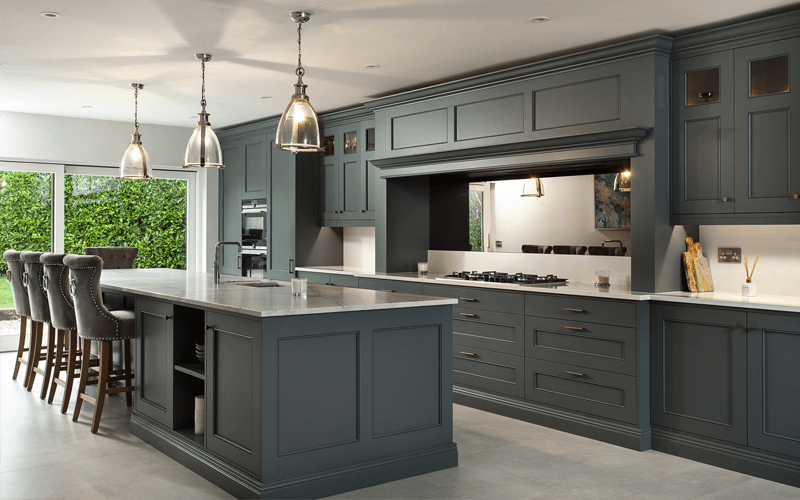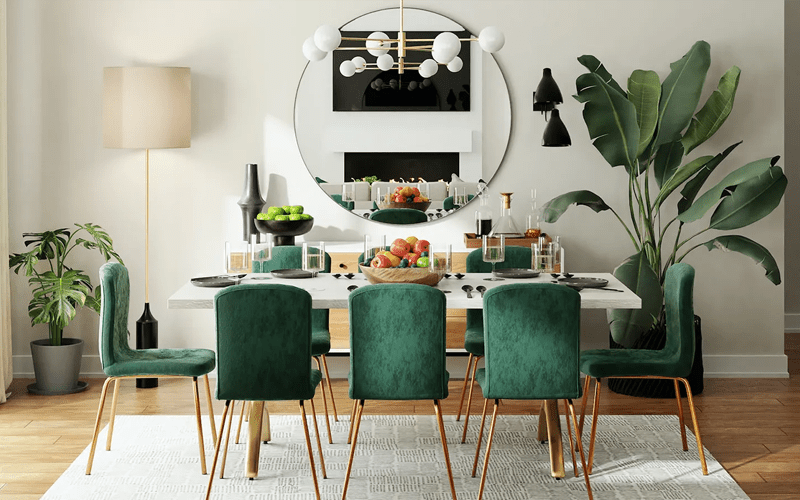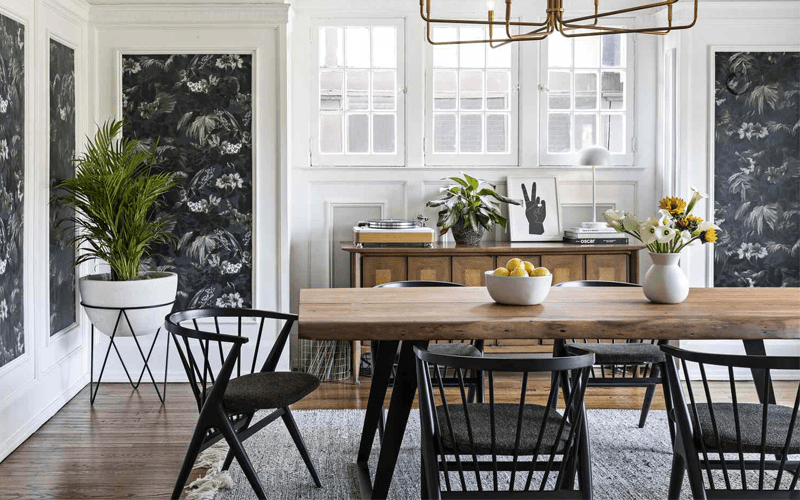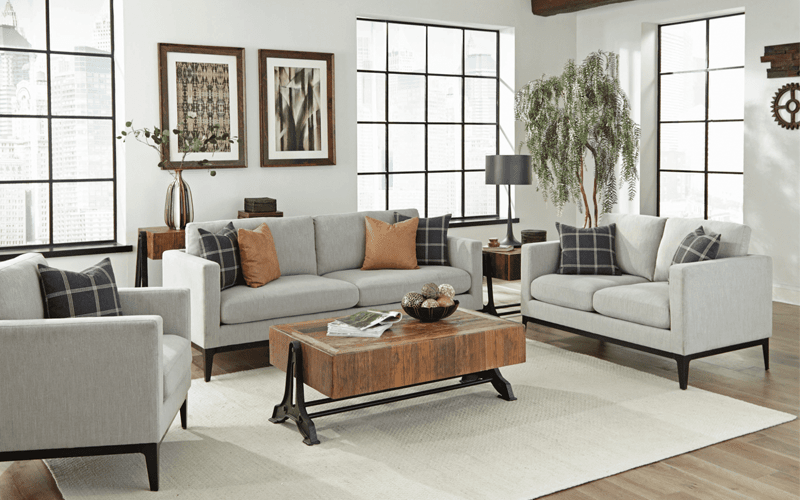Let's take another example, you are now running a large chain furniture rental company, and you need
to purchase some furniture products in bulk at one time. Now you have an immediate plan in your
mind, you will find some furniture wholesale platforms such as Alibaba, Made in China, Global
Sources or various Yellow Pages and chambers of commerce, send your needs in groups, and let
suppliers quote. Then you pick some suppliers with moderate or lower prices, visit the factory,
check the quality, and then decide who to place the order with. Is it right ? This is a priority for
ordinary procurement and has zero cost. But what I want to tell you is that this approach is
extremely risky. We have just explained a lot about the price and value of commodities, and why we
need reference objects and positioning of our own brand commodities. You will foresee the situation
that mass procurement demand will lead to. You are full of joy and hope that suppliers will fight
with each other and make the price extremely low, and then you will buy at a low price to earn the
maximum profit. But you ignore the positioning of your own brand on product quality. You think that
as long as you visit the factory and confirm the samples, you can prevent the supplier from cheating
on product quality, then I can only say that this buyer is too young. Because any supplier will
never do business at a loss. If labor costs are average and equivalent, and the rent and management
costs of factories in the same city are also similar, then the furniture supplier will only play
tricks on product quality, lower prices layer by layer, or play tricks on labor costs. The labor
cost of 10USD is reduced to 5USD, do you think the supplier will really care about your quality ?
That is, superficially. And when you send out procurement requirements in groups, all competitors in
the same market are quoting the same requirement, and everyone wants to get a share of the cake, so
what will you do ? It is malicious competition, if your prices is lower than me, then what i will
offer will be lower than you. In the end, the competition was bloody. In order to make a profit, the
suppliers made false quotations, cut corners, used second-hand goods as good goods, and what's more,
they closed down after taking the deposit. There is also a possibility that people in the same
furniture circle know that you are posting in groups like this. Maybe in the end, everyone thinks
that you are not sincere and will not give you an offer, or collude together to deal with you. And
because the BOQ of your furniture project rarely mentions product specifications and parameters,
there is also ample opportunity for suppliers to play tricks on it.
In the above situations, how to properly and reasonably find furniture suppliers and manage their
furniture factory resources ? First of all, we must clearly define our own brand and business
development, make product positioning, and set a reference. Purchasing personnel can go to some
local furniture stores to understand the structure and materials of the products. If you are
professional enough, you also need to know the cost of raw materials for the products in the target
procurement market. For example, if you need to purchase a sofa, just list what kind of inner frame
you need, whether it is miscellaneous wood or solid wood, and what kind of solid wood it is. If the
fabric accounts for more than half of the total sofa cost, then the fabric price must also be the
standard you need to determine, whether to use 5USD per meter of fabric or 10USD per meter of
fabric. If you don't want to divide it so finely, you can do product market segmentation for the
target procurement market. For example, in which cities in China are sofa production centers, what
are their prices and quality, and why do they cause price differences. Which product quality is more
suitable for your brand product development direction. Some buyer will reply, I don't care about the
origin, only the price and quality. Doing so is blind and wastes a lot of time. It is also extremely
troublesome to arrange shipment after the order is completed. There are also some purchasers who
think that I can determine the quality of their products after seeing the samples and factories on
site, so you think so good. In the furniture market, the sample display must be the best of the same
model, otherwise how can it be called a sample ? Unless you buy this sample, put it away, and when
you need to check the bulk products, take out this reference object and correspond one by one. Do
you think this is likely to be the case for large items like furniture ? Especially for the goods
you
buy at a low price, the supplier must save on labor costs. In what way do you think suppliers will
respond to the strict inspection requirements of purchasers ? They could have paid your buyer a
commission to shut him up, the cheapest way to do it.

Therefore, it is particularly important to understand the quality positioning of one's own brand
products and the product price and quality positioning of the target procurement market in the early
stage. Instead of your purchasing person doing a copy-and-paste photo group sending. So what if you
say that your purchasers are not professional furniture practitioners ? At least they would have to
spend a few weeks looking at various furniture websites and physical stores to collect information
and organize the collected data.
Then if the product structure and product market classification distribution of the target
procurement market are determined, what should be done next ? Then a horizontal and vertical
comparison must be made. Horizontal comparison is to compare product quality descriptions and prices
in the same production area. Why do you want to do this comparison, because you need to control
variables. What are the variables of furniture manufacturing enterprises ? Policy support, general
cost of raw materials, labor cost, factory rent cost, etc. are all variables. Then why lock the same
production area ? Because in the same production area, there is generally little difference in terms
of policies, labor, and factory rent. Only by comparing horizontally under the same background can
you know who is superior and who is inferior. So how to compare vertically ? That is the comparison
of multiple production areas, such as the comparison of various costs between southern furniture
production areas and northern furniture production areas. Why is there a price difference ? The
price
difference is because of cheap factory rent, or because of workmanship and design innovation. In
addition, it is necessary to compare why the price difference in each production area is different,
some are 1/3, some are 1/2, and what factors cause it. In addition, to provide such a price
difference, what requirements does the supplier have for the purchaser ? For example, in many
central
or northern production areas, they require that a container can only hold 1-2 styles and purchase in
large quantities. Although your order has a large total price, you have a large number of product
SKUs and a small amount of single product purchases. So what to do ? This is the meaning of vertical
comparison.




